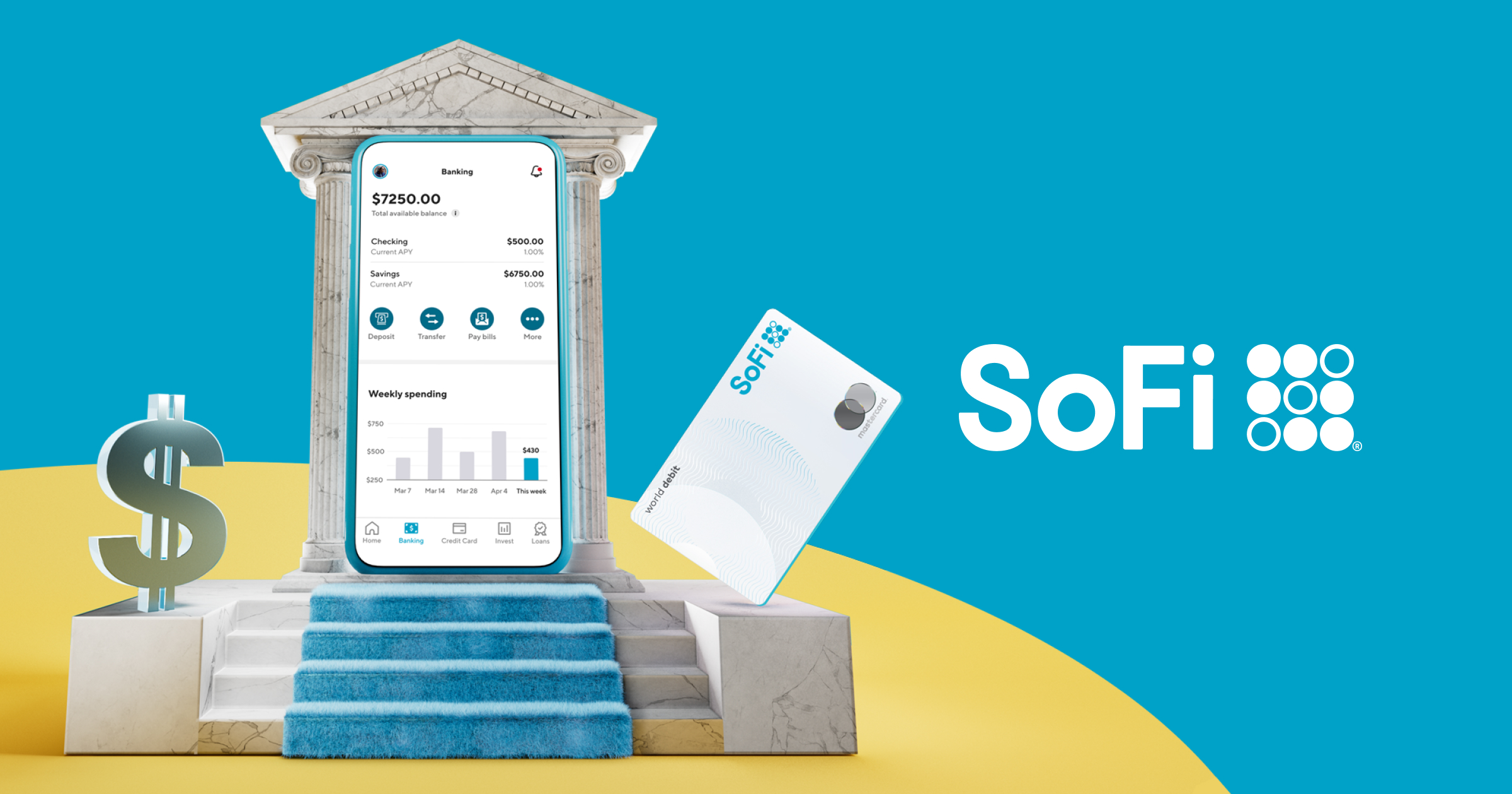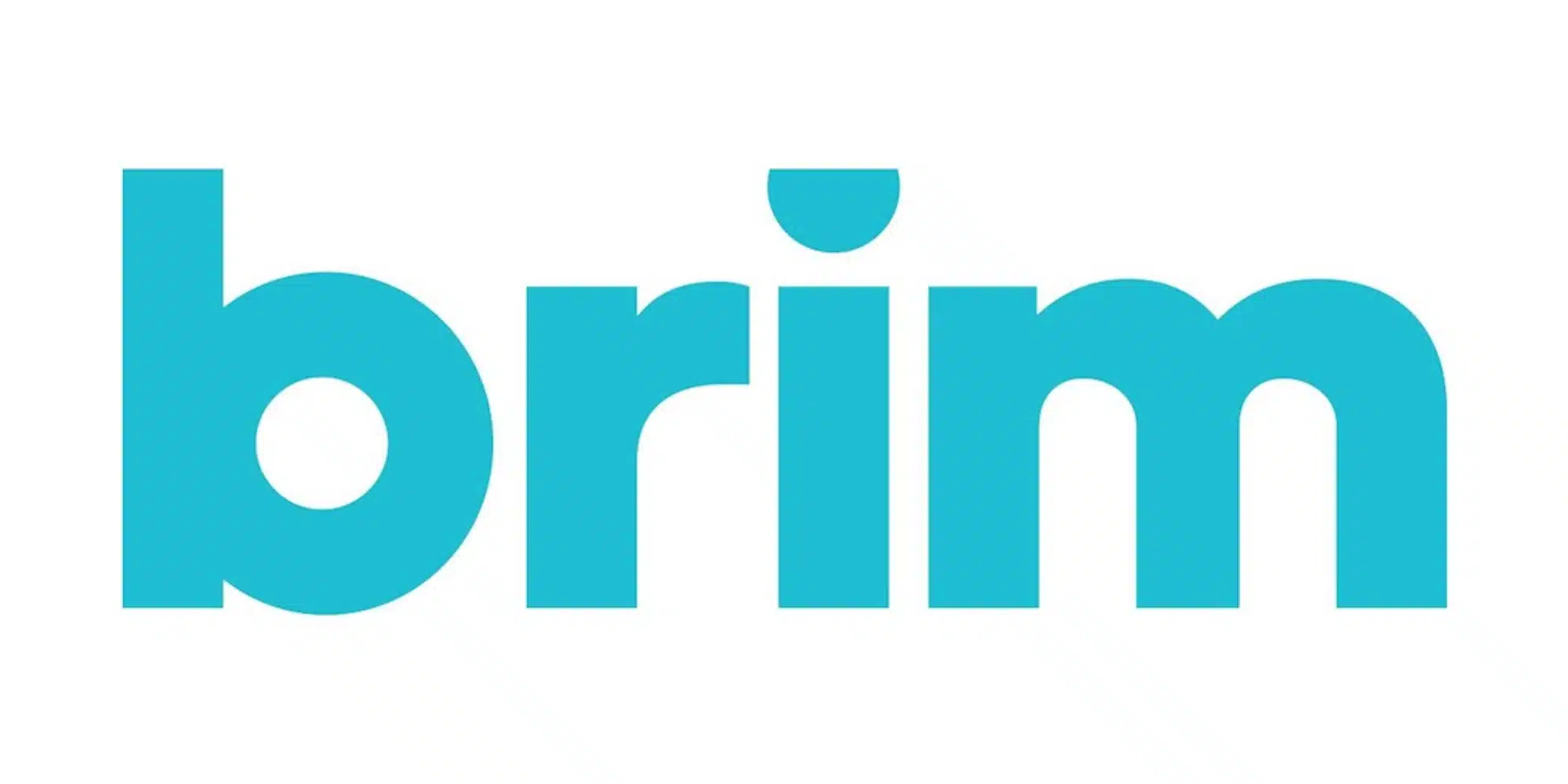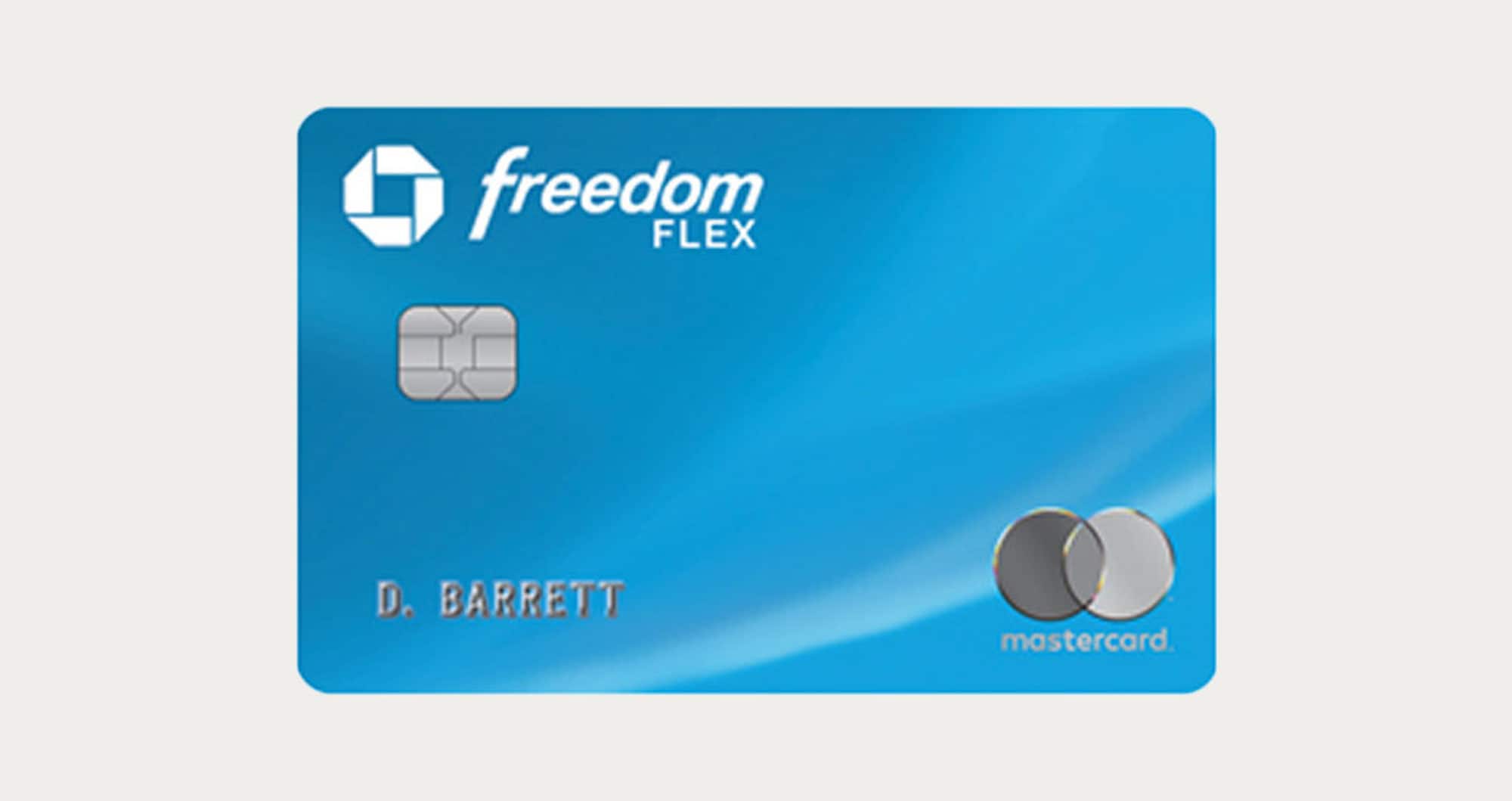
Small Business Tips
Become a Successful Solopreneur With These Essential Tools
Has there ever been a better time to be an entrepreneur? Between the strong economy, a growing number of sales outlets, and “side hustle” culture abounding, it’s really no wonder that small business optimism reached record levels last year. Speaking of side hustles, a recent development is the the rise of the “solopreneur” who are running businesses in their spare time before potentially turning them into full-time operations.
Of course, even if you’re a solopreneur and running the show by yourself, you may still need some help in the form of software, apps, and other tools. From legal and accounting assistance to time tracking and project management, there’s no shortage of free and paid services that lift a huge burden from business owners. With that, let’s dive into some essential tools for solopreneurs, side hustlers, and other self-employed individuals.
Legal Help and Business Filing

When you first start a side hustle, you may not have put much thought into formalizing business by creating a limited liability corporation (LLC) or other corporate structure. However, as your business grows, you’ll likely want to look into such options to help protect your personal assets from business litigation. If that sounds like a tall task, rest assured that there are now several resources entrepreneurs can utilize to not only help make them make decisions about what type of corporation they should register as but also walk them through the required processes.
Small Business Administration
First off, the U. S. Small Business Administration (SBA) can be a great resource for entrepreneurs looking for some additional advice and guidance. Not only does their website offer short, online courses about various small business topics — including what legal requirement your business will need to meet — but there may also be opportunities to seek assistance at one of their district or regional offices. All in all, the SBA is a great place to start when you’re looking to have your questions answered.
BizFilings
Whether you’ve already decided what legal structure you think is best or are still exploring your options, BizFilings is another resource and tool that can help. As its name would imply, this site assists entrepreneurs in registering their businesses as LLCs, C-Corporations, S-Corporations, and more. While basic services start at $99 plus state fees, BizFilings also offers additional services and resources available a la carte or as part of a complete package.
LegalZoom
LegalZoom has become a popular destination for all kinds of legal needs for both businesses and individuals. Like BizFilings, among the legal services that LegalZoom provides is the ability to register your business. In fact, a landing page on the site says that they’ve helped launch over 1 million LLCs. However, in addition to these offerings, LegalZoom can also help business owners protect their intellectual property with trademark registration, utility and design patent filing, and more.
Accounting Needs

Just as the matter of registering your business can seem daunting, accounting is another common area where newbie entrepreneurs (and especially side hustlers) may struggle. In fact, some gig workers may not even realize that they may need to make quarterly tax payments or that there are certain business expenses they could be deducting. Luckily, do-it-yourself accounting software is now more prevalent and affordable than ever thanks to some increased competition in the space. As a result, from bookkeeping to tax filings, self-employed individuals now have their choice of several different tools they can explore as they determine which option best fits their needs.
Quickbooks Self-Employed
Perhaps the most popular small business bookkeeping software on the market is Quickbooks, which now offers online plans in addition to their traditional desktop download software. However, with the rise of side hustles and the gig economy, Quickbooks also offers a scaled-down, lower-priced version of their online product aptly title Quickbooks Self-Employed. The Self-Employed edition offers both web and mobile app access to features that include mileage tracking, business transactions labeling, invoice generation, quarterly tax payment estimates, and more. Speaking of taxes, users can also upgrade to a tax bundle that will allow them to make quarterly payments estimated through Quickbooks and entitle them to a free annual filing via TurboTax.
Xero
Given the dominance of Quickbooks, Xero has found clever ways to lure users away. For example, the service offers Quickbooks conversion, which they say will bring your QuickBooks data into Xero within three hours. Of course, beyond that sales pitch, Xero has several other features to offer from invoicing to inventory while also being easy to use. Ultimately, the choice between the two (and our third tool below) may come down to price and preference.
Freshbooks
Last but not least is Freshbooks, which has also been growing in recent years. In addition to some of the basic features offered by Quickbooks and Xero, Freshbooks includes time tracking tools that may come in handy. Also notable is that Freshbooks boasts a number of integrations ranging from payments through Stripe to project management tools like Trello (which we’ll talk more about later). Once again, it’s worth comparing the features of Freshbooks to other options to determine which one best meets your needs.
Time Trackers

One of the best things about being self-employed is the ability to manage your own work time and create your own schedule. On the flip side of that, this freedom can lead some owners to use their time inefficiently or underestimate how much time a certain task takes — perhaps even undervaluing their services as a result. That’s why it can behoove many business owners and side hustlers to keep track of their time regardless of whether they’re reporting such figures to their clients. In addition to some services that include time tracking such as Freshbooks, here are some standalone solutions to look into.
Clockify
One easy-to-use time tracking option is Clockify. Designed to be used solo or with a team, Clockify allows you to track billable and non-billable time you spend on a project and export reports on where your time is being spent. The service also offers a desktop app, mobile app, and browser extension, giving you multiple access options. Plus, all of these features are free, while additional features (mostly for teams) can be unlocked for a monthly fee.
Rescue Time
The premise of Rescue Time is a bit different from Clockify and others in that it helps you to be more productive by tracking how much time you spend actually working compared to, well, not. With this tool, you can set productivity goals, block sites that are proving to be a distraction, and more. While some of these features are included with the free version of Rescue Time, the ability to block sites and track offline time are only available in the $9/month or $74/year plan — although there is a free 14-day trial if you want to test it out first.
Toggl
Toggl is another option for keeping track of your time, exporting reports, and more. One of the more interesting features specific to this tool is the built-in Pomodoro timer, which — if you’re not familiar — refers to a productivity method that features a rigid schedule of working and breaking. Plus, with the paid Toggl subscriptions, the tool will integrate with more than 100 other tools, including some that are on this list.
Project Management

Similar to how tracking your labor can help lead you toward more efficient operations, project management tools allow entrepreneurs of all stripes to stay organized while managing several different tasks. From keeping tracking of ideas and thoughts to collaborating with clients, these tools can often be customized to meet a number of different needs. Best of all, many of these services have free versions, enabling business owners to explore their options risk-free and/or utilize multiple tools at once to determine preference.
Airtable
Airtable is a highly customizable project management tool that can serve several different needs. Describable as superpowered spreadsheets, Airtable offers a host of templates you build from or you can start from scratch, creating sheets that will help you track projects, attach images and documents, and set due dates. You can also view this data in different forms, including a useful calendar view. Like several other tools on this list, Airtable also allows you to invite others to your sheets and syncs in real time.
Toodledo
At first glance, Toodledo might look like an email inbox. In reality, it’s a straightforward project management tool that lets you track and organize multiple tasks, share them with others, and prioritize them. Toodledo also makes it easy to back up of export your data as a CSV, XML, send to iCal, and more.
Evernote
Have you ever had a brilliant idea but didn’t have a good place to jot it down? Evernote seeks to prevent such tragedies by offering several note-taking options on multiple devices, all ending up in the same place. Moreover, Evernote allows you to add all kinds of media to your notes, such as snapping webpage content or uploading your own images. Lastly, you can create to-do lists that will hopefully help you turn your notes into a finished project.
Todoist
Like Evernote, the idea of Todoist is allowing users to create tasks even when they’re on the go. Available across several devices, Todoist makes it simple to add new items and utilizes smart word recognition tools to automatically set due dates and reminders. The service also integrates with certain digital assistants, cloud services, and other tools to boost your productivity that much more.
Trello
In my opinion, Trello can best be described as a digital corkboard, allowing you to pin up notecards and organize ideas. With the option to create multiple boards, columns, and cards, the service enables users to get as granular or as big picture as they’d like. On top of that, Trello can be great for collaboration as you can invite additional users to various boards. Also helpful is the ability to attach files to each card, making it easy to keep all of your relevant project documents in one place instead of letting them be strewn across multiple e-mails.
Automation Tools

Last but not least, one way entrepreneurs can save themselves time is by leveraging automation. No, we’re not talking about robot employees — just algorithms. You may actually be surprised how many helpful tools services such as IFTTT and Zapier have to offer. Additionally, these platforms and others may make it easier to manage your social media accounts without spending all day online.
IFTTT
Short for “If This, Then That,” IFTTT allows users to create a number of applets (formerly called “recipes”) to automate different tasks. While some of these applets may be somewhat silly — like updating your smartphone wallpaper to NASA’s photo of the day — others could potentially help you score gigs or streamline your workflow. For example one applet will e-mail you whenever a Craigslist post matches your specified search terms. IFTTT also integrates with several of the project management tools we discussed, providing even more tools and options beyond what each of these services offers on their own.
Zapier
Zapier is remarkably similar to IFTTT but does feature some additional tools. This includes the ability to create more customized automations that can perform multiple steps from one trigger. However, these added abilities come at a cost as, although Zapier does have a free service tier, more advanced Zaps (as their called) are only available with paid subscriptions. That said, there is a two-week free trial so I’d recommend trying out some potential Zaps, ensuring that they operate as intended, and then determining if it’s worth the monthly fee to keep it around.
Buffer/Hootsuite/Viraltag/etc.
Finally, one of the most common uses of automation used by entrepreneurs involves social media. As you surely know, platforms like Facebook, Twitter, Instagram, and Pinterest can all assist entrepreneurs in reaching and engaging with their customers. Unfortunately, managing all of these accounts can be a full-time job. Because of this, there are now several different social scheduling tools to be found, each with their own set of pros, cons, and features. While IFTTT and Zapier do offer some forms of social media automation — such as the ability to syndicate one post across multiple platforms — it may be worth investing in one of these scheduling tools to ensure that you’re optimizing your content for each outlet and getting the most out of social media.
Running a business on your own doesn’t mean you have to do everything by yourself! Instead, utilizing some of these various tools to help you manage your business finances, track your productivity, and organize your tasks can help you accomplish more and allow you to grow your business. As a result, you may even be able to turn your side hustle into a full-time business and go from being a solopreneur to a big time business owner.





